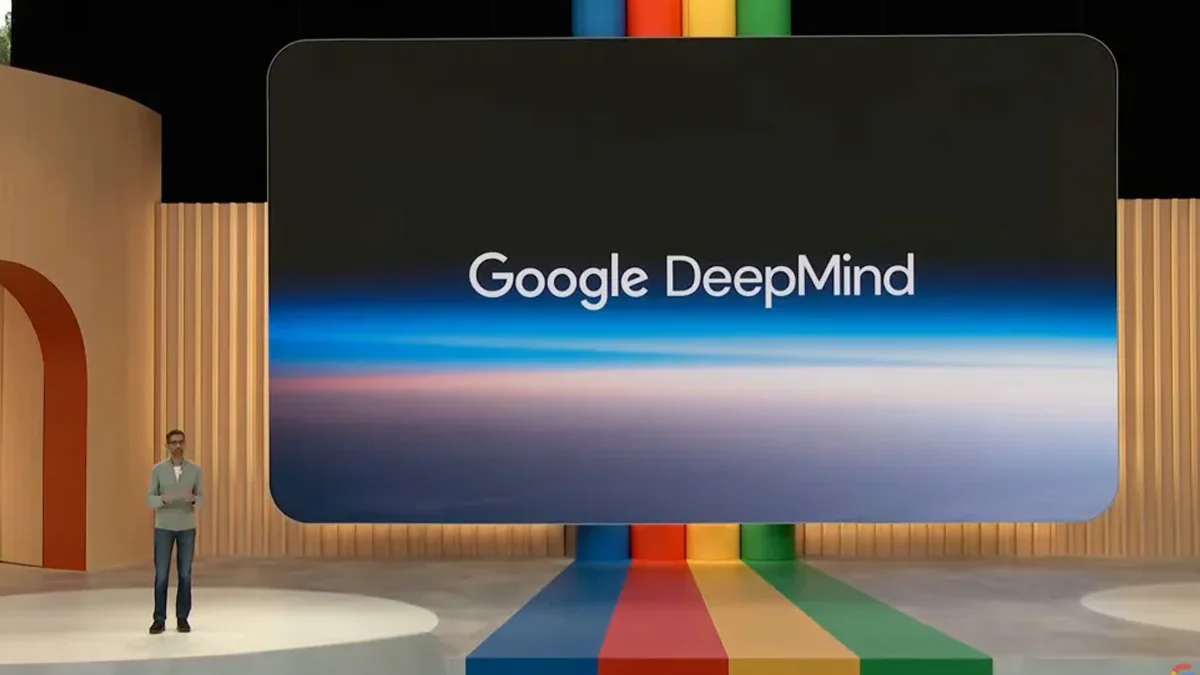Necessary Always Active
Necessary cookies are required to enable the basic features of this site, such as providing secure log-in or adjusting your consent preferences. These cookies do not store any personally identifiable data.
|
||||||
|
||||||
|
||||||
|

Google recently revealed that its AI-based bug hunter has detected 20 previously unknown security issues, according to TechCrunch. This system is part of Google’s vulnerability research and focuses on improving the safety of widely used software. According to the company, many of these bugs were critical and could have exposed users to serious threats.
The tool is driven by artificial intelligence and trained to identify weaknesses in software code. Google says this is one of the most effective methods they have used in recent years. By automating the process, their AI bug detection tool can scan large volumes of code much faster than human teams.
Heather Adkins, Google’s vice president of security, said on Monday that its AI-powered tool Big Sleep has discovered and reported 20 security flaws in widely used open-source software.
Big Sleep was developed by DeepMind, Google’s AI division, along with Project Zero, its top security research team. According to Adkins, these are the tool’s first reported vulnerabilities, found mostly in tools like the FFmpeg audio-video library and the ImageMagick image-editing suite.
The system behind this breakthrough is part of Google’s AI cybersecurity tools. It uses machine learning to scan codebases, detect flaws, and suggest fixes. Google says the tool has already helped its internal teams find bugs in popular open-source libraries. These libraries are often used across thousands of apps and websites, so fixing them early is important.
Rather than just flagging arbitrary bugs, the tool focuses on areas that are likely to cause the most damage. This targeted approach is what makes the Google AI bug hunter stand out from earlier solutions. It doesn’t just save time but also makes the entire process of finding and fixing bugs more accurate.
Google’s spokesperson Kimberly Samra told TechCrunch, “To ensure high quality and actionable reports, we have a human expert in the loop before reporting, but each vulnerability was found and reproduced by the AI agent without human intervention.”
The discovery of these 20 vulnerabilities shows that Google’s AI-powered vulnerability tracking is becoming a robust line of defense.. For developers, this means they can rely on smarter tools to help make their apps safer. For users, it means fewer risks when using everyday digital tools.
This is especially important as the number of cyberattacks continues to grow. Traditional bug-hunting methods can’t always keep up with the speed and scale of threats today. Tools like these show that Google’s AI cybersecurity tools can play a key role in protecting users worldwide.
Google plans to expand this system beyond its internal tools. The long-term goal is to integrate the AI bug detection tool into products used by other developers. This could help make the entire software ecosystem more secure.
The company is also sharing its findings with the open-source community. By being transparent, it hopes other researchers will build on this work and continue improving digital safety for all.
The Google AI bug hunter isn’t just a one-time solution. It’s a step forward in how we detect and prevent security issues before they become real problems. With more testing and development, these AI tools could reshape how we think about cybersecurity.